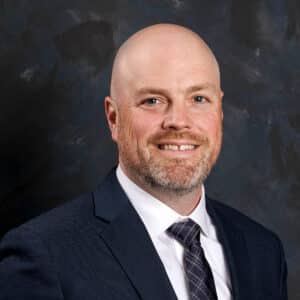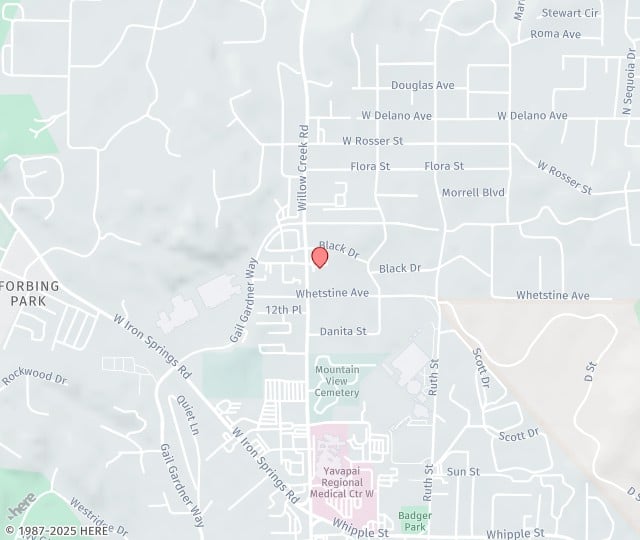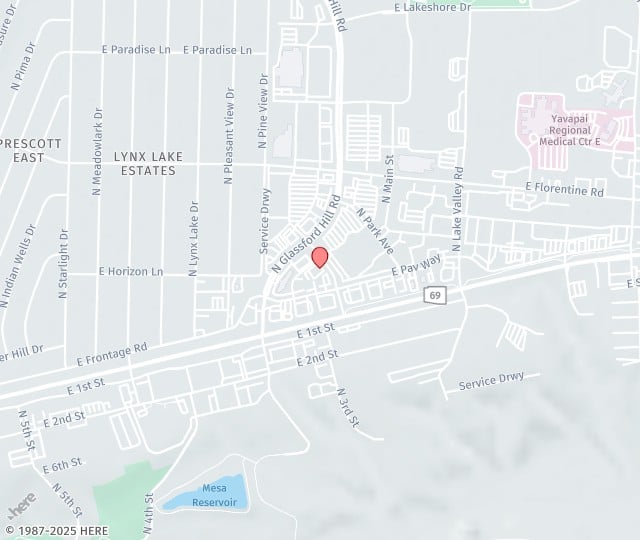
Dr. Evan N. Simonson, DPM
Doctor of Podiatric Medicine Specializing in Foot and Ankle Surgery

Joint Health
Welcome to our health education library. The information shared below is provided to you as an educational and informational source only and is not intended to replace a medical examination or consultation, or medical advice given to you by a physician or medical professional.
If your symptoms are mild, medications may be enough to reduce pain and swelling. For more severe arthritis, surgery may be needed to improve the condition of the joint.
Medications
Your doctor may prescribe medication-pills or injections- to limit pain and swelling. Ice, aspirin, or ibuprofen may help relieve mild symptoms that occur after activity.
Surgery
To ease movement and reduce pain, your doctor may trim damaged bone. If arthritis is severe, the joint may be fused or removed.
Trimming Bones
If the bone is not damaged too badly, your doctor may simply shave away bone spurs. Any excess bone growth related to a bunion may also be trimmed.
Fusing Joints
If damage is more severe, your doctor may fuse the joint to prevent the bones from rubbing. Afterward, staples or screws may hold the bones in place so they heal properly. In some cases, the joint may be removed and replaced with an implant.
After Surgery
During the early stages of recovery, your foot is likely to be bandaged and immobilized for a while. For best results, follow up with your doctor as scheduled. These visits help ensure that your foot heals properly.
As You Heal
After surgery, you’ll be told how to care for your incision and how soon to begin walking on the foot. Until the foot can bear weight, you may need to walk with crutches or a cane.
- For surgery on the big toe, your foot may be splinted to limit movement for several weeks. Despite this, you should be able to walk soon after surgery.
- For surgery on rear or midfoot joints, you may need to wear a cast or surgical shoe. These joints are fairly large, so full recovery may take a few months. Once the bone has healed, any staples or screws may be removed.

